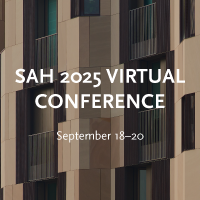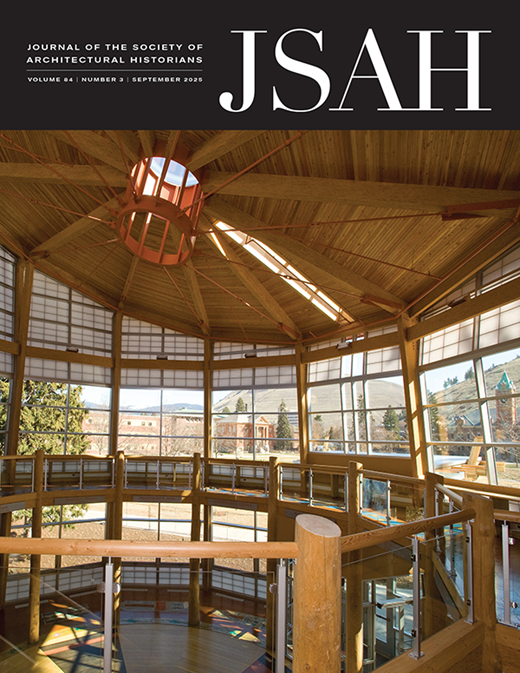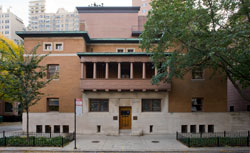-
Membership
Membership
Anyone with an interest in the history of the built environment is welcome to join the Society of Architectural Historians -
Conferences
Conferences
SAH Annual International Conferences bring members together for scholarly exchange and networking -
Publications
Publications
Through print and digital publications, SAH documents the history of the built environment and disseminates scholarship -
Programs
Programs
SAH promotes meaningful engagement with the history of the built environment through its programs -
Jobs & Opportunities
Jobs & Opportunities
SAH provides resources, fellowships, and grants to help further your career and professional life -
Support
Support
We invite you to support the educational mission of SAH by making a gift, becoming a member, or volunteering -
About
About
SAH promotes the study, interpretation, and conservation of the built environment worldwide for the benefit of all
Membership grants you access to exclusive resources and programs and provides support for new research and programs. Compare benefits across all our membership levels and choose the membership level that works for you.
Every Member Receives
- A yearlong subscription to the Journal of the Society of Architectural Historians (JSAH). Choose from digital access only or a combined print and digital subscription.
- On-demand access to the complete JSAH Archive (1941–present)
- Member rates for registration to SAH’s Annual International Conference
- AIA CES credits earned through conferences and study tours
- Eligibility to apply for SAH grants and fellowships
- Access to members-only lectures, virtual meetups, and more
- Connection to peers through 10 topic-focused SAH Affiliate Groups
- Access to more than 200,000 images of the built environment through the SAHARA database
- Access to SAH Commons online scholarly network
- Discount of 50% on JSTOR access with JPASS
- Eligibility to serve on the SAH Board or committees
- Subscription to the SAH Newsletter and Opportunities Weekly Roundup
Membership Levels
SAH Member
Our most popular membership tier offers optimized pricing to help everyone participate affordably in our community. Emerging scholars can apply for a one-year membership grant that helps bridge the gap between the Society's subsidized student memberships and full-cost SAH memberships.
| Rate | Description | Price: Digital | Price: Digital + Print |
| Individual | 12-month benefits for one person | $168 | $178 |
| Joint | 12-month benefits for two people (domestic partners). Each person receives a unique member ID and their own login to the member portal. | $240 | $250 |
| Retired/Emeritus | Discounted individual membership for former professionals on a fixed income | $101 | $111 |
| Reduced | Discounted individual membership for people working independently or at an institution without full-time employment. This includes adjunct and contingent faculty unemployed workers. | $101 | $111 |
| Global (Available Oct 1, 2025) | Affordable membership rates for global scholars living and working in countries the World Bank classifies as “low income.” | Scholars with qualifying addresses may receive up to 75% off the Individual Digital rate. Learn more. | |
| Student | Discounted individual membership for students currently enrolled in an undergraduate or graduate program in architectural history or related disciplines. | $62 | $72 |
| Professional Associate | Discounted individual memberships for groups of professionals working in the same museum, office, or firm. Ideal for architects, research or preservation groups, museum staff, and public design education. | $184 for first member + $106 for each additional member at the same institution | |
Upper-Level Member
Show your support for SAH’s mission by including a tax-deductible donation along with your Individual or Joint print + digital membership. Upper-level members receive all the benefits of a regular membership plus:
- Discount on registration for SAH Annual Conference, rates given below.
- Acknowledgement in four quarterly issues of JSAH, the annual report, and quarterly donor reports
- Membership to Frank Lloyd Wright National Reciprocal Sites Program, with which our headquarters, the Charnley-Persky House is affiliated.
- Early registration access for SAH Study and Excursion tours
| Tier | Donation | Price with Individual Membership | Price with Joint Membership | Discount on Annual Conference Registration |
| Cornerstone | $150 | $328 | $400 | 5% |
| Pillar | $350 | $528 | $600 | 7% |
| Keystone | $500 | $678 | $750 | 8% |
Life and Benefactor Member
Show your long-term commitment to SAH by becoming a Life member. Life members’ dues provide unrestricted funds to support the Society’s mission and continued opportunities for all members. Lock in your price and enjoy the most comprehensive suite of member benefits without the need to renew each year.
Life members receive these additional benefits:
- Acknowledgement in JSAH, annual report, and quarterly donor reports
- Membership to Frank Lloyd Wright National Reciprocal Sites Program, with which our headquarters, the Charnley-Persky House is affiliated.
- Early registration access for SAH Study and Excursion tours
- Specialty membership card
- Free tour of SAH's historic headquarters at the Charnley-Persky House in Chicago, IL
- One complimentary walking tour during SAH Annual Conference, reserved in advance, on a space-available basis.
- Free copy of an SAH Buildings of the United States book of your choice
Current Life Members can enhance their commitment to SAH by becoming a Benefactor through a $5,000 tax-deductible donation.
| Tier | Price | Donation Total |
| Life | $5,000 (one payment or four annual payments of $1,250) | None * |
| Benefactor | $10,000 | $5,000 |
* Life memberships are amortized over a period of 20 years and pay for annual benefits. There is no tax-deductible portion associated with Life membership.
President's Circle
SAH is immensely grateful to the many Life and Benefactor Members who continue to support the Society financially year after year. President’s Circle status recognizes the ongoing commitment these members show.
President’s Circle status is an annual distinction given to all Life and Benefactor members who make gifts to the Society of Architectural Historians totaling $1,000 or more during a given 12-month period. The status is applied to a donor as soon as they have achieved $1,000 in gifts within a single calendar year. The status is valid for 12 months from that date, and the date shall serve as an anniversary by which to renew their President's Circle status with one or more gifts totaling $1,000.
President's Circle members receive special benefits as thanks for their support:
- 10% discount on member-rate conference registration
- Recognition from the podium at SAH Celebrates annual gala
Limited-Access Affiliate
Affiliate Access permits one person to participate in the activities of one or more SAH Affiliate Groups and the SAH Commons online scholarly network, without access to any other SAH benefits such as JSAH or Membership registration rates for conferences or events. It is not considered an SAH Membership. Price is $25 per year.
Institutional Subscription
Institutional membership provides a subscription to JSAH and/or JSAH Online for communities of readers at public and academic libraries, museums, schools of architecture, architectural history departments, and other large institutions. Institutional subscribers receive the SAH Newsletter, qualify for discounted Career Center job ads, and member-rate registration for two library staff attending the SAH Annual International Conference.
The University of California Press handles institutional subscriptions on SAH's behalf. Visit the UC Press website to join or renew your Institutional subscription.
| Subscription Type | Price per Year | Additional Benefits |
|---|---|---|
| Digital Only | $693 | |
| Print + Digital - Domestic | $781 | |
| Print + Digital - International | $807 | |
| Sustaining | $881 |
|
Affiliate Groups
SAH Affiliate Groups are comprised of SAH members who share a common, narrowly defined interest, scholarly or otherwise. Participation in Affiliate Group activities is a benefit of SAH membership.
SAH Chapters
SAH has chapters located across the United States. Chapters are independently run organizations that are affiliated with SAH. SAH members can join chapters in their region.
Member Stories
Member Stories: Belmont Freeman
Jun 26, 2025
by
SAH News
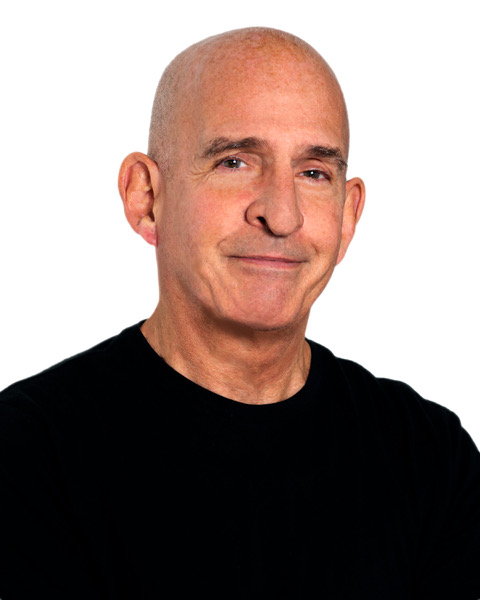
Belmont Freeman, FAIA, has been a member of SAH since 1979. As part of this community, he has served on several committees, helped judge SAH's book awards, and served on the Board of Directors.
To begin, tell us a little about your background and career path.
I am a practicing architect in New York City. I grew up in the Washington, DC area, and attended Yale as an undergraduate, majoring in Urban Studies and Art History. I received my Master of Architecture degree from the University of Pennsylvania. After graduation I worked for nine years for a firm in New York before starting my own office, which somehow has survived thirty-eight years and is still going strong.
What projects are you currently working on?
My firm (Belmont Freeman Architects) is fortunate to stay busy on a broad variety of project types, including renovation, historic preservation, and very modern new construction. Currently we're working on two new houses on Martha's Vineyard, a renovation and addition to a classic 1906 building for the Brooklyn Public library, several renovation projects for Columbia and NYU, and the restoration of a 1950 house by Philip Johnson.
What's keeping you busy outside of work?
I am on the board of Storefront for Art & Architecture, and I teach intermittently at Columbia and U Penn. I write about architecture for various publications, principally Places journal. My mother was Cuban, and I have long been interested in Cuban architecture. In 2019 I purchased a home in Havana — an apartment in a beautiful 1958 modernist building — and renovated it. Now, traveling regularly to Cuba gives me the greatest pleasure, especially when I'm taking other people with me to introduce them to the splendors of Cuban architecture and urbanism.
Share a particular memory of when you first became aware of architecture, or when you knew you wanted to study its significance.
My father was in the U.S. diplomatic service, and when I was in the 3rd and 4th grades my family lived in Brussels. We spent every school vacation traveling around Europe and I remember being stunned by the amazing, beautiful buildings I saw - chateaux, cathedrals, grand civic monuments. The experience opened my eyes to a world of architecture that I'd never before imagined. From that moment on, I knew that I wanted to design and build buildings.
What interests you most about architectural history?
My architectural practice is informed by my study and appreciation of architectural history, probably in more ways than I am consciously aware. I can't imagine how any architect could not know and value architectural history.
Who or what has had the biggest influence on your work or career so far?
- Lew Davis and Sam Brody, who hired me right out of grad school and for whom I worked almost ten years. They really taught me how to be an ethical architect.
- Mario Romanach, the great Cuban modernist who was an inspiring teacher and the chair of the Architecture department when I was at Penn. I got to know his superb work in Havana, before the revolution, long after I left Penn. I guess I'd say his influence is mainly posthumous.
- My father. Although he was a diplomat his hobby was carpentry. As a kid some of my happiest times were helping my dad build things. I can also say that his skills as a diplomat, some of which rubbed off on me, have been as useful in my architectural practice as anything I learned in design school.
Professional challenges are everywhere. What is your advice for facing them, and perhaps, overcoming them?
Persistence. Architecture is not a field for the impatient or those in need of quick gratification. Don't compare your own professional development or rate of success to those of others. We each have our own intended career trajectory and definitions of success.
When and how did you first become involved in SAH?
I became involved in SAH when I was in grad school. My boyfriend at the time was working on his PhD in architectural history at Penn and he said we should attend the SAH meeting in New Haven.
How has SAH enriched your experience in architectural history?
Enormously. When I get bogged down in the challenges of running an architectural practice, I go to an SAH meeting and get recharged; reaffirmed that I am participating in a continuum of architectural creativity that goes back many centuries. That sounds pretentiously lofty but it's true.
Do you have a vision for how SAH should evolve in the future?
My perpetual wish; that more practicing architects belong to SAH and understand the benefits, intellectual and professional.
What advice would you give to your former self? How far back you go is up to you.
Do a better job keeping up with the people I have met along the way. This may sound a little craven, but my SAH friends from when we were all in grad school are now senior faculty and the types who populate planning and design committees at their universities and who, in several instances, have recommended me for work on their campuses. I should have stayed close to more of them.
Any final parting thoughts?
I hope to see you at the SAH Annual Meeting in Mexico City.
This story is published as part of an ongoing series exploring the varying careers and experiences of SAH's diverse members. What's your story? Share it with us through our online questionnaire.
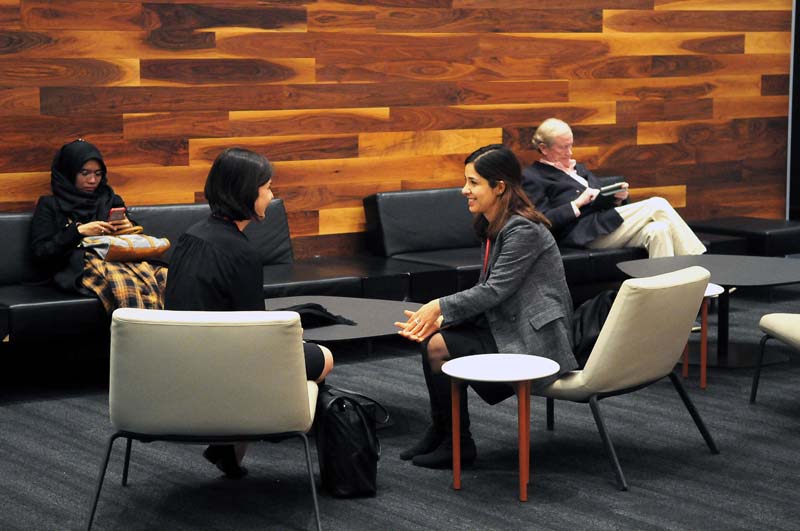
Membership Grants
Emerging scholars can apply for a one-year membership grant that helps bridge the gap between the Society's subsidized student memberships and full-cost SAH memberships.
